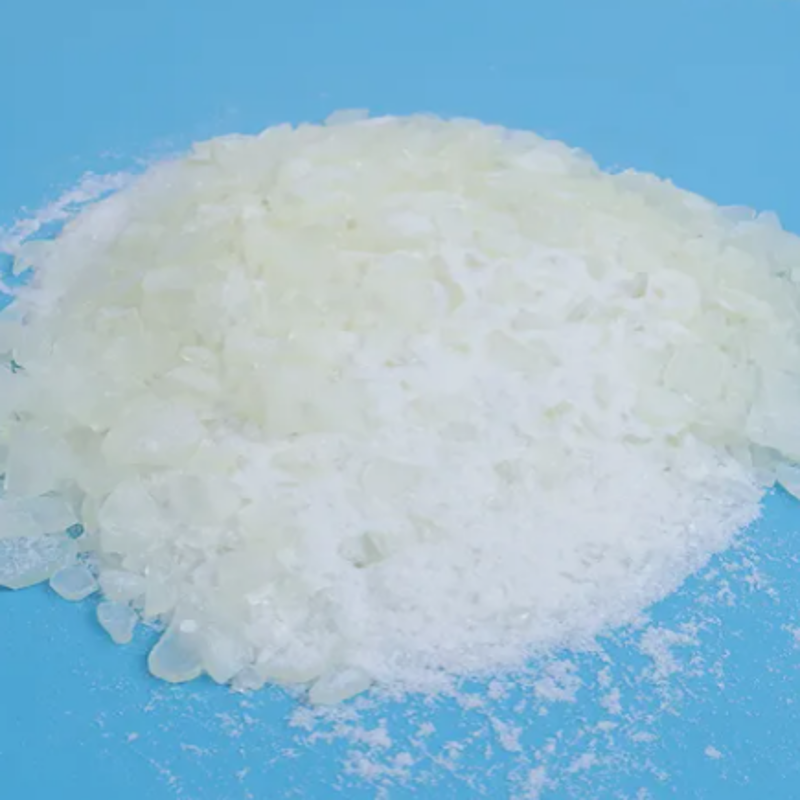-
Categories
-
Pharmaceutical Intermediates
-
Active Pharmaceutical Ingredients
-
Food Additives
- Industrial Coatings
- Agrochemicals
- Dyes and Pigments
- Surfactant
- Flavors and Fragrances
- Chemical Reagents
- Catalyst and Auxiliary
- Natural Products
- Inorganic Chemistry
-
Organic Chemistry
-
Biochemical Engineering
- Analytical Chemistry
-
Cosmetic Ingredient
- Water Treatment Chemical
-
Pharmaceutical Intermediates
Promotion
ECHEMI Mall
Wholesale
Weekly Price
Exhibition
News
-
Trade Service
The synthetic routes of 3-furancarboxylic acid, also known as 2-furancarboxylic acid, are numerous and varied in the chemical industry.
This versatile organic compound is commonly used as a building block for the synthesis of a wide range of chemicals, pharmaceuticals, and other products.
The three most widely used methods for the synthesis of 3-furancarboxylic acid are via the Williamson ether synthesis, the aldol condensation, and the hydrolysis of an appropriate nitrile.
The Williamson ether synthesis is a common method for the synthesis of 3-furancarboxylic acid.
In this process, a Grignard reagent is made by the reaction of magnesium metal with an halogenated alkane, such as chloroethane.
The Grignard reagent is then treated with a second molecule, typically an aldehyde or ketone, in the presence of a polar protic solvent, such as water, to form the ether.
The ether is then hydrolyzed using acid to form the carboxylic acid.
The aldol condensation is another common method for the synthesis of 3-furancarboxylic acid.
In this process, an aldehyde and a ketone or an alcohol are condensed in the presence of a strong base, such as sodium hydroxide, to form a new carbon-carbon bond.
The resulting intermediate is then treated with a solution of hydrochloric acid to form the carboxylic acid.
The hydrolysis of an appropriate nitrile is the third method for the synthesis of 3-furancarboxylic acid.
In this process, a nitrile is treated with water in the presence of a catalyst, such as hydrochloric acid, to form the carboxylic acid.
In addition to the above-mentioned methods, 3-furancarboxylic acid can also be synthesized via the oxidation of 2-furancarboxaldehyde, the reaction of furfural with an appropriate nitrile, and the oxidation of furfural in the presence of a copper catalyst.
Once synthesized, 3-furancarboxylic acid can be used as a building block for the synthesis of a wide range of chemicals, pharmaceuticals, and other products.
For example, it can be converted into 3-furancarboxylates, which can be used as intermediates in the synthesis of pharmaceuticals, such as antibiotics, anti-inflammatory drugs, and anti-cancer agents.
It can also be used in the production of plastics, dyes, and other industrial chemicals.
In conclusion, 3-furancarboxylic acid is a versatile organic compound that can be synthesized via several methods in the chemical industry.
It is commonly used as a building block for the synthesis of a wide range of chemicals, pharmaceuticals, and other products.
The three most widely used methods for the synthesis of 3-furancarboxylic acid are via the Williamson ether synthesis, the aldol condensation, and the hydrolysis of an appropriate nitrile.







